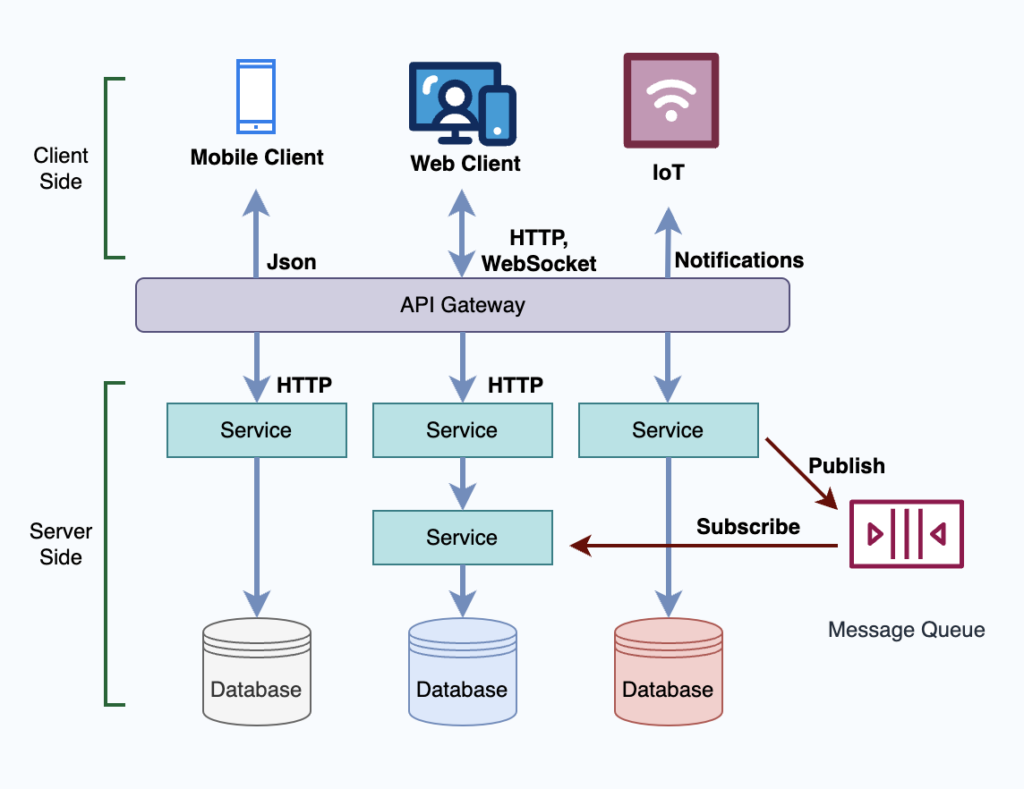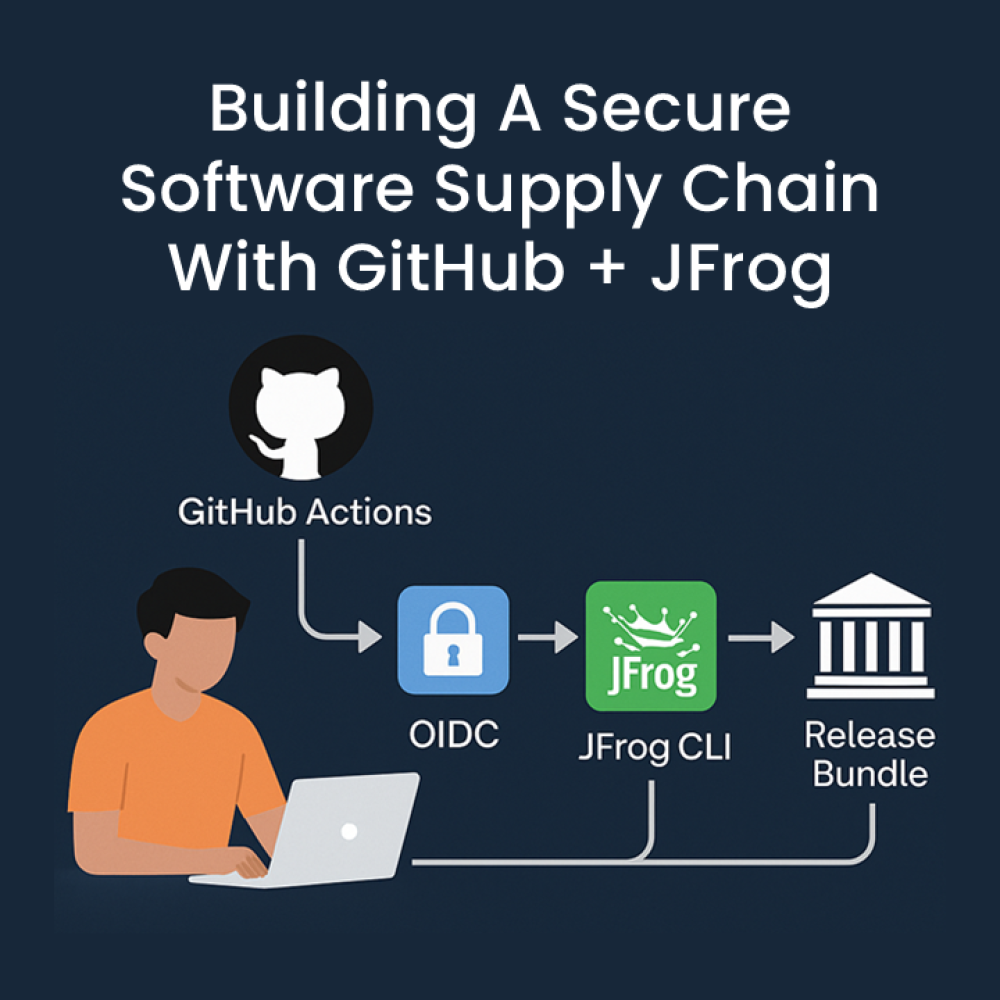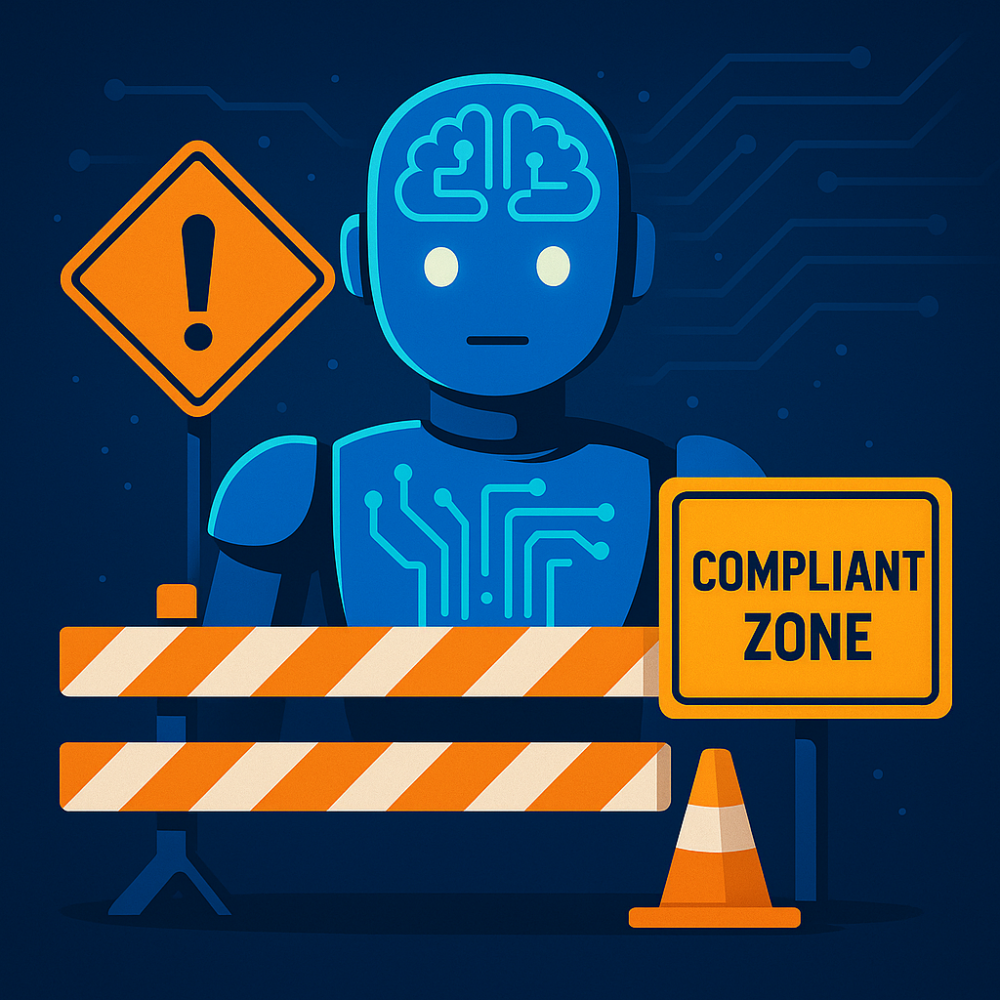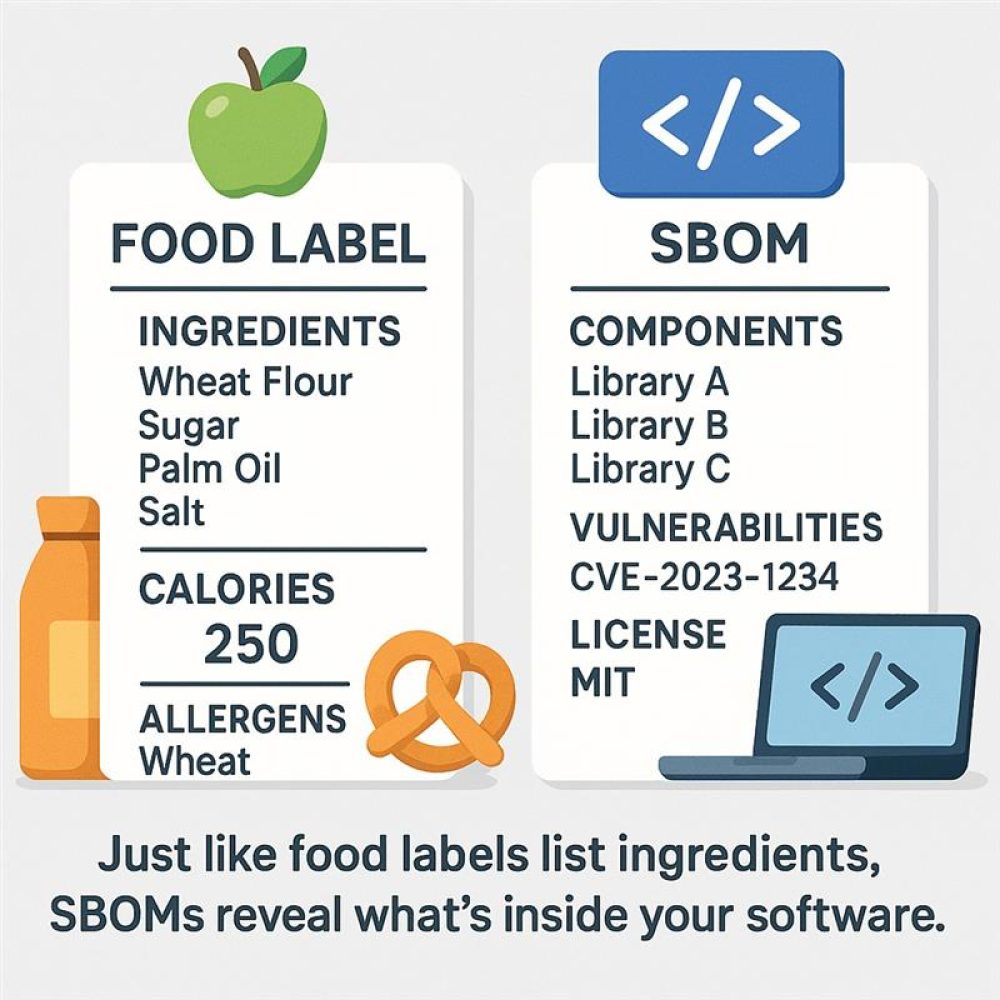Modernising legacy applications is crucial for maintaining a competitive edge in today’s rapidly evolving digital landscape. Legacy applications can impede innovation, scalability, and security, presenting significant challenges for organisations. Kubernetes is one of the many solutions that can assist organisations in deploying, scaling and managing their applications. With Kubernetes, organisations can efficiently overcome the limitations of outdated systems, enhancing their ability to innovate and adapt in the ever-changing market. Below we explore why legacy applications can be a bottleneck, the common methods for modernising applications and the considerations for modernising legacy applications.
What Are Legacy Applications?
In the context of app modernisation, a legacy application refers to an older software system that was built using outdated technologies and programming languages. These applications often pose challenges in terms of maintenance, scalability, and integration with modern systems.
Common characteristics of legacy applications include:
Oudated Technology Stack
Using programming languages and frameworks that are no longer actively supported or maintained.
Monolithic
Architecture
A single, tightly coupled codebase that is difficult to modify or scale.
Old Hardware/OS Dependency
Requiring specific infrastructure that is becoming obsolete.
Limited
Scalability
Struggling to handle increased workloads or user traffic.
Lack of
Automation
Manual processes and limited DevOps practices.
These applications, while still serving their purpose, often become a bottleneck for businesses looking to innovate and compete in today’s digital landscape.
The Challenges Of Legacy Applications
Legacy applications, while serving their purpose for many years, often present significant hurdles for organisations looking to innovate and adapt to changing business needs. Some of the common challenges include:
- Technical Debt: Accumulated over time, leading to increased maintenance costs and reduced agility.
- Scalability Issues: Difficulty in handling increased workloads or traffic, resulting in performance bottlenecks.
- Security Vulnerabilities: Outdated software and practices make them targets for cyberattacks.
- Integration Challenges: Difficulty in integrating with modern systems and APIs.
- Talent Shortages: Finding skilled personnel to maintain and support legacy systems can be challenging.
- Dependency on Old Hardware: Reliance on outdated infrastructure can limit flexibility and increase costs.
How Does Kubernetes Help With Legacy Applications?
Kubernetes (often known as K8s) is an open-source platform designed to automate the deployment, scaling, and management of containerised applications. It’s essentially a software system that manages and orchestrates clusters of servers, allowing you to run your applications efficiently and reliably.
Key functions of Kubernetes:
Container
Orchestration
Workload
Management
Service
Discovery
Load
Balancing
Storage
Orchestration
Self
Healing
Kubernetes can be a powerful tool for addressing challenges posed by traditional deploy model of legacy applications. Some benefits of Kubernetes include:
- Improved Scalability: Kubernetes’ ability to automatically scale applications based on demand helps overcome scalability limitations of legacy systems.
- Enhanced Reliability: Self-healing capabilities and load balancing ensure high availability and fault tolerance.
- Modernisation Path: Containerisation provides a stepping stone towards microservices architecture, breaking down monolithic applications into smaller, more manageable components.
- Security Enhancements: Kubernetes offers built-in security features and integrates with modern security tools to protect applications.
- Portability: Run legacy applications consistently across different environments, whether on-premises or in the cloud.
- Cost Optimisation: Efficient resource utilisation and automation can lead to cost savings.
By leveraging Kubernetes, organisations can gradually modernise their legacy applications, reducing risks while reaping the benefits of a more agile and scalable platform.
3 Common Approaches To Modernising Legacy Applications
1. Lift and Shift
This approach involves moving an existing application from one environment (typically on-premises) to another (usually a cloud platform) with minimal code changes.
Key Benefits:
- Rapid migration with reduced risk.
- Minimal code modifications required.
- Allows the organisation to leverage existing skills and knowledge. The lift and shift approach allows teams to migrate without needing to learn new cloud-native technologies or development practices which accelerates the migration process and reduces the learning curve.
- Can be leveraged with Kubernetes for a containerised environment that allows for orchestration, scaling and management.
Challenges:
- May not fully utilise cloud-native capabilities.
- Potential for performance bottlenecks.
- When migrated via lift and shift, legacy applications may lack cloud-specific security features, necessitating additional configurations and monitoring to meet compliance standards and ensure robust protection.
2. Containerisation and Refactoring
Containerisation and refactoring offer a more strategic approach to app migration than lift and shift. By breaking down monolithic applications into smaller, independent containers, organisations can improve scalability, performance, and maintainability. Refactoring allows for the optimisation of code, removal of technical debt, and alignment with modern development practices.
Key Benefits:
- Refactoring enables gradual updates, reducing risk and allowing for ongoing improvements without disrupting operations.
- Breaking down applications into containers allows for independent scaling and more efficient resource usage.
- Containers isolate components, improving performance and fault tolerance by preventing one component’s failure from affecting others.
- Refactoring removes technical debt and aligns applications with modern practices like CI/CD and microservices, speeding up development.
Challenges:
- Containerisation and refactoring require significant time and resources, involving complex re-architecting and code rewriting.
- Teams may face a steep learning curve, needing new skills in container management and modern development practices.
- The benefits of containerisation are long-term, with a slower return on investment due to the extensive work required upfront.
3. Microservices Architecture
The microservices architecture offers a comprehensive solution by completely rebuilding the application and breaking it down into smaller, independently deployable services. This approach enhances scalability, resilience, and agility. By isolating functionalities, teams can update and deploy individual services without affecting the entire application. This modularity promotes faster development cycles, easier maintenance, and the ability to adopt new technologies gradually, ultimately transforming legacy systems into modern, cloud-native applications.
Key Benefits:
- Breaking down applications into microservices allows each service to be independently scaled, optimising performance and resource allocation.
- By isolating functionalities, microservices ensure that failures in one service do not impact the entire application, enhancing overall system reliability.
- Teams can update, deploy, and test individual services independently, enabling faster development cycles and continuous delivery.
- Microservices enable gradual adoption of new technologies, allowing teams to modernise specific parts of the application without a full overhaul.
Challenges:
- Managing numerous independent services adds operational complexity, requiring sophisticated tools and processes for orchestration, monitoring, and deployment.
- Transitioning to a microservices architecture requires considerable time, resources, and expertise, as it involves a complete overhaul of the application.
- Each microservice typically has its own database, leading to challenges in data consistency, transactions, and synchronisation across services.
- Ensuring security across multiple microservices, APIs, and communication layers can be challenging and requires robust strategies and tooling.
Typical microservices architecture components include :
- Microservices: Independent, self-contained services focused on specific business capabilities.
- API Gateway: A single entry point for clients, routing requests to appropriate microservices.
- Service Discovery: Mechanism for locating and interacting with microservices.
- Load Balancer: Distributes traffic across multiple instances of a microservice.
- Service Registry: Centralised repository of information about available services.
- Configuration Management: Manages configuration settings for microservices.
- Circuit Breaker: Handles failures and prevents cascading failures.
- Service Mesh: Network infrastructure layer providing communication, reliability, and security for microservices.
- Message Broker: Facilitates asynchronous communication between microservices.
- Database: Each microservice typically has its own database.
- Serverless Functions: Can be used for specific tasks within the microservices architecture.
A typical microservices architecture might be represented as below. The components and their interactions would differ/change based on the use-case and client tools availability.

Kubernetes provides a robust foundation for building and managing microservices architecture. Its native capabilities, coupled with a rich ecosystem of tools and technologies, simplify the deployment, scaling, and orchestration of essential components like service discovery, load balancing, and configuration management. This flexibility and efficiency make Kubernetes an ideal platform for realising the full potential of microservices.
Considerations for Modernising Legacy Applications
Modernising legacy applications is a complex process that requires careful planning and execution.
Here are some key considerations for a gradual approach visualised:
1. Thorough
Assessment
2. Phased
Approach
3. Skill
Development
4. Risk
Mitigation
5. Cloud
Adoption
6. Continuous
Improvement
In more detail we can define it below as:
1. Thorough Assessment:
- Identify critical systems: Prioritise applications based on business impact, complexity, and risk.
- Evaluate technical debt: Assess the extent of code quality issues, dependencies, and performance bottlenecks.
- Determine modernisation goals: Clearly define the desired outcomes, such as improved scalability, performance, or security.
2. Phased Approach:
- Start with low-risk components: Begin with isolated modules or less critical functionalities to test modernisation techniques.
- Iterative development: Break down the modernisation process into smaller, manageable iterations.
- Continuous evaluation: Monitor the impact of changes and adjust the modernisation strategy as needed.
3. Skill Development:
- Upskill existing teams: Provide training on modern technologies, cloud platforms, and DevOps practices.
- Hire new talent: Consider bringing in experts with experience in cloud-native development and microservices architecture.
- Foster a culture of innovation: Encourage experimentation and learning within the organisation.
4. Risk Mitigation:
- Develop a comprehensive rollback plan: Have a strategy in place to revert to the previous state if issues arise.
- Implement robust testing: Conduct thorough testing at each stage of the modernisation process.
- Monitor system performance: Continuously track key metrics to identify potential problems.
5. Cloud Adoption:
- Choose the right cloud platform:
- Evaluate options based on workload requirements, budget, and vendor lock-in.
- Leverage cloud-native services: Take advantage of managed services and platform-as-a-service (PaaS) offerings.
- Optimise cloud costs: Implement cost-saving strategies, such as rightsizing instances and using spot instances.
6. Continuous Improvement:
- Embrace DevOps practices: Adopt agile methodologies and automation to accelerate development and deployment.
- Monitor and analyse application performance: Use data-driven insights to identify areas for optimisation.
- Foster a culture of learning: Encourage experimentation and continuous improvement.
Final Thoughts
By following above gradual considerations, organisations can successfully modernise their legacy applications while minimising risks and maximising benefits. The path to modernising legacy applications is a continuous evolution, not a fixed destination. While Kubernetes offers a powerful platform for transformation, tailoring the approach to customer’s specific challenges is crucial.
Ready to modernise your legacy applications and unlock new opportunities with Kubernetes? Get in touch with one of our Kubernetes experts to discover how we can guide you through a seamless transition, ensuring your systems are scalable, secure, and future-proof.


